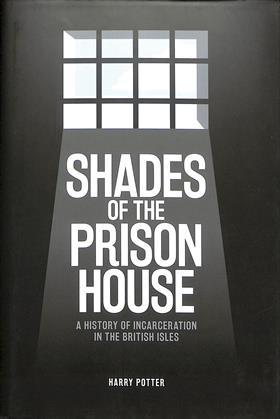Smith, Hogan & Ormerod’s Criminal Law (15th edition)
David Ormerod and Karl Laird
£39.99, OUP
★★★★★
The days of criminal practitioners hugging a well-worn copy of Blackstones (the blue book) or Archbold (the red book) as they entered the advocates row are all but gone. They declined with the advent of digital working, reliable court internet access and the argument over which practitioners’ tome you must heave into court, resulting in a deadlock. The judiciary approves both, but you cannot carry both if you are a busy practitioner running between hearings.
I should add that the recent increased competition has improved the quality of both key criminal practitioner texts.
So, it was with this background and scepticism that I approached Smith, Hogan and Ormerod’s Criminal Law for my six-week trial run. I had no doubt that it would be a first-class treatise authored by no less than the editor-in-chief of Blackstones, a law commissioner (Professor David Ormerod QC) and an Oxford don (Karl Laird). But what did it have to offer the busy criminal practitioner already burdened with the big blue and red books?
Moreover, wasn’t Smith & Hogan a student’s text, and – albeit a classic – best left to gather dust on the shelves long after the law finals were over?
This classic still has plenty to teach the experienced criminal practitioner above and beyond the red or blue ‘party politics’ of Archbold and Blackstones.
Is it essential reading? Well, if you consider the small percentage points that give you, and your client, the edge in a criminal trial essential then yes, it is. The criminal justice system, despite the erosion of many well-worn principles, is still an adversarial system.
Ormerod and Laird in their thoroughly modern take on a classic have managed, somehow, to provide a book that satisfies both the eager criminal law student setting out on their vocational journey, and the battle-hardened practitioner in need of refreshment and some deeper insight into well-travelled areas.
This was a book cited by the Supreme Court in Jogee and, it perhaps goes without saying, such is the high esteem in which Professor Ormerod is held, the book can be cited in any legal argument before any criminal court. There are even online resources and post-publication updates. These are essential in a fast developing area of law.
If there was one addition to the criminal practitioner’s general library this is it. I could not recommend it highly enough. I used it during my six-week trial period and, in addition to refreshing and updating my knowledge, to prepare legal arguments before the Crown court and Court of Appeal.
If you cannot afford this book as an individual criminal practitioner, I would recommend that your chambers or law firm gets a copy. It is exceptional value at £39.99.
David Malone is a criminal and human rights barrister at Red Lion Chambers, London
Shades of the Prison House

Harry Potter
£25, Boydell Press
This book explores the history of imprisonment in the British Isles from Anglo-Saxon times to the present day. Over the centuries, prisons have changed radically in name, conditions, attributes and functions, as well as in character and rationale. Prisons have served many aims. Yet while prisons and their purposes have been transformed, the same debates on imprisonment have recurred. Concerns about overcrowding and over-pampering, security and safety have been expressed from the beginning, and modern notions that prison might serve a purpose other than containment or punishment were espoused long before the 18th century.
































No comments yet